Mastering Your Kitchen: The Essential Uses of a Chef Knife
In the heart of every kitchen, whether gleaming in a professional chef's arsenal or standing by in a home cook's drawer, lies the quintessential tool of culinary art—the chef knife. Renowned for its versatility, the chef knife is a cornerstone upon which culinary dreams are built. But what makes this knife so indispensable, and how can you harness its full potential? Let's delve into the world of chef knives and explore their myriad uses.
Anatomy of a Chef Knife
A chef knife typically features a blade that ranges from 6 to 12 inches in length, crafted from high-carbon stainless steel for durability and edge retention. The handle, designed for comfort and balance, allows for precise control during use. The blade's edge is curved, enabling the rocking motion essential for efficient chopping and mincing.
Primary Uses of a Chef Knife
Chopping Vegetables and Fruits
The chef knife excels in chopping vegetables and fruits, from onions and carrots to apples and melons. Its wide blade allows for easy transfer of chopped items from cutting board to pan.
Slicing and Dicing
Precision is key when slicing and dicing, and the sharp edge of a chef knife ensures clean cuts. Whether it's thin slices of tomato or finely diced onions, the chef knife handles it with ease.
Mincing
Herbs and garlic are minced in no time, releasing their full flavor into dishes. The technique involves a swift rocking motion, utilizing the blade's length.
Julienning
Creating uniform strips of vegetables for salads or stir-fries is effortless with a chef knife, making the task of julienning as simple as it is satisfying.
Advanced Techniques
Deboning and Filleting
Though specialized knives exist for these tasks, a skilled hand can use a chef knife to debone meat or fillet fish effectively.
Butterflying Chicken Breasts
Butterflying meats is made simple with a chef knife, allowing for quicker cooking times and more even cooking.
Scoring
From scoring bread dough to making precise incisions in the skin of a fish, the chef knife’s sharp tip is perfect for the job.
Maintenance and Care
Sharpening: A dull knife is a dangerous one. Regular sharpening keeps the blade at its best. Cleaning and Storage: Hand wash your chef knife and store it in a knife block or magnetic strip away from moisture. Handling and Safety: Always cut away from yourself and keep the knife's handle dry to prevent slipping.
Choosing the Right Chef Knife
Consider balance, weight, and handle comfort when selecting a chef knife. Test different knives to find one that feels like an extension of your hand, ensuring ease of use and control.
Conclusion
The chef knife is not just a kitchen tool; it is a conduit of culinary creativity. With the right techniques and care, it can elevate your cooking from mundane to extraordinary. Practice makes perfect, and there is no better time to start than now. Embrace the art of using a chef knife, and let your culinary journey begin.
Call to Action
We'd love to hear about your chef knife experiences! Share your favorite tips and tricks in the comments below, and if you're looking to improve your knife skills, consider signing up for a local cooking class or workshop. Happy cooking!






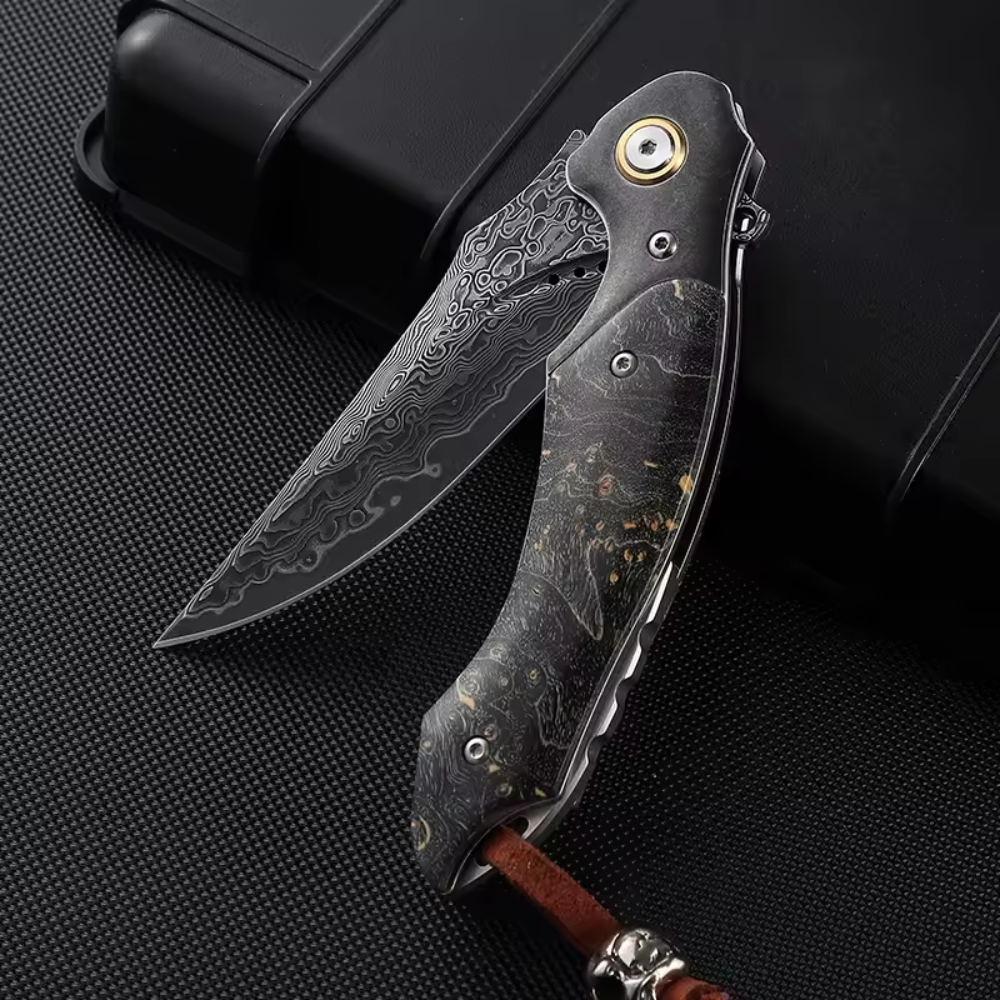
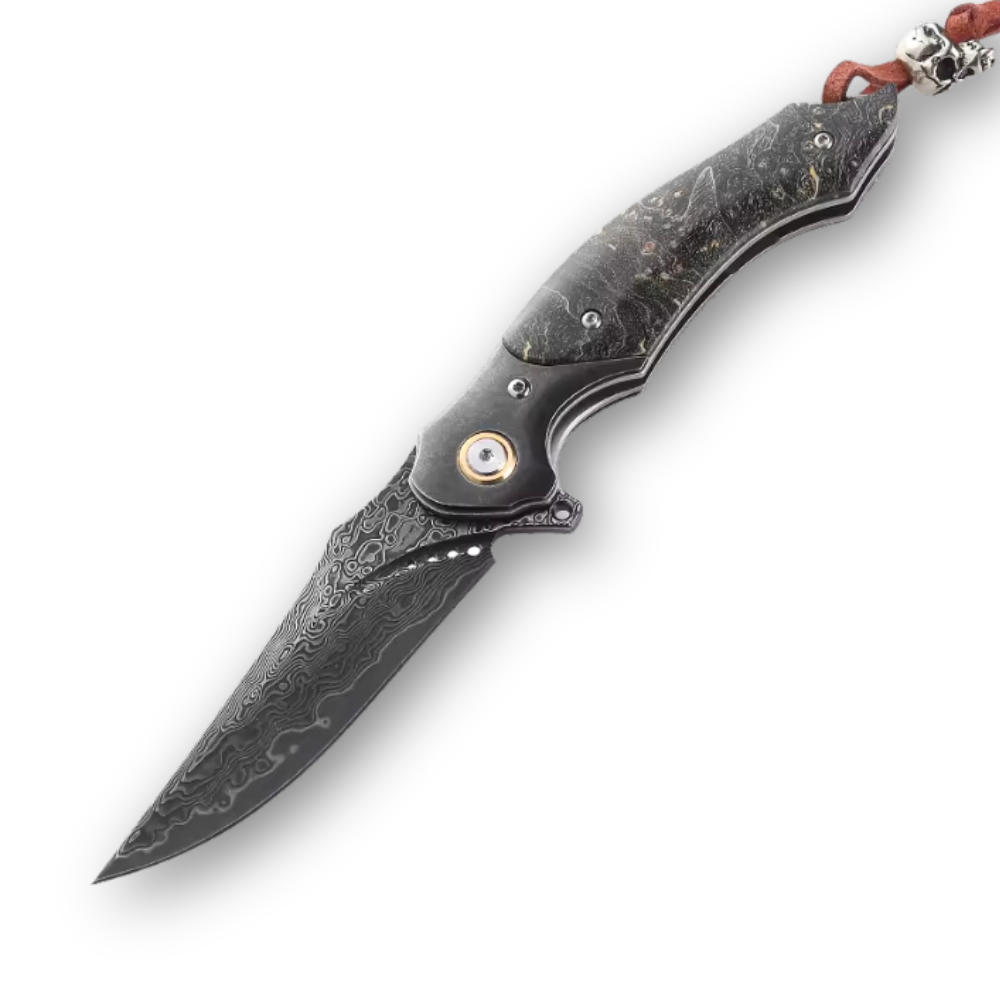
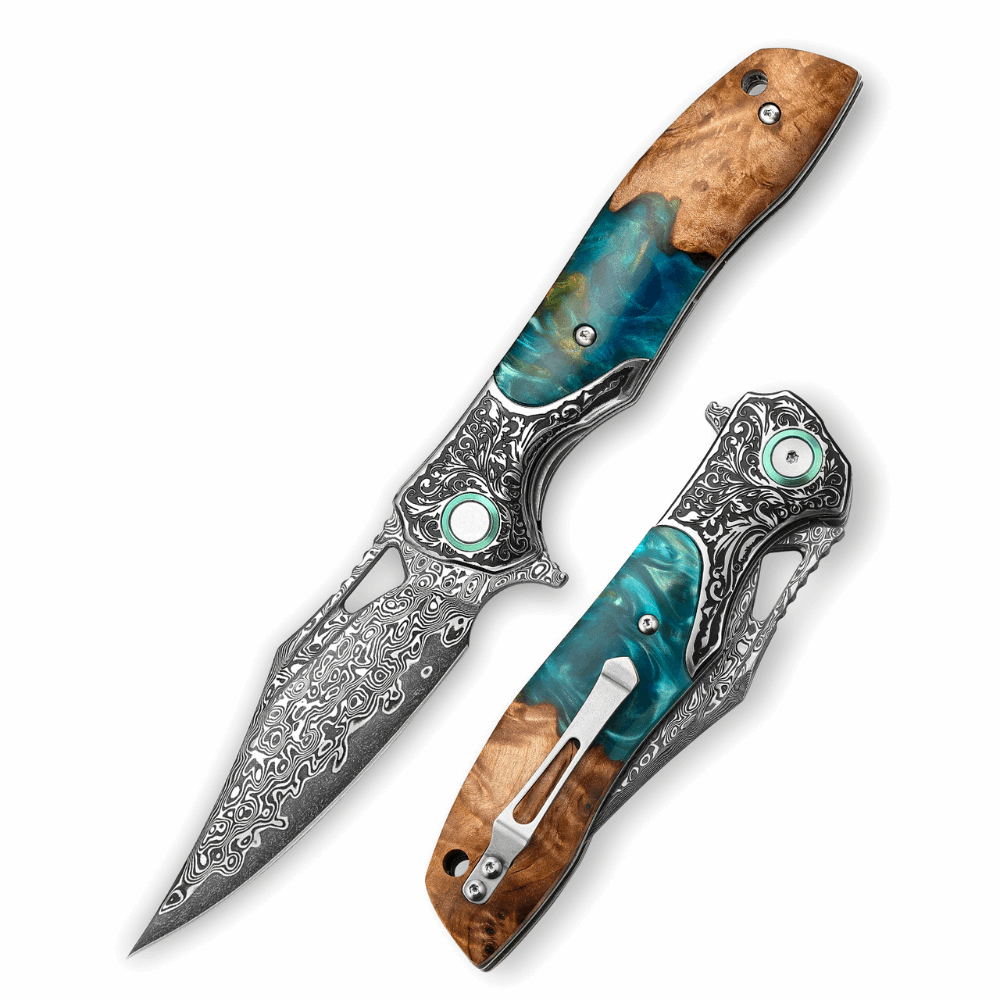
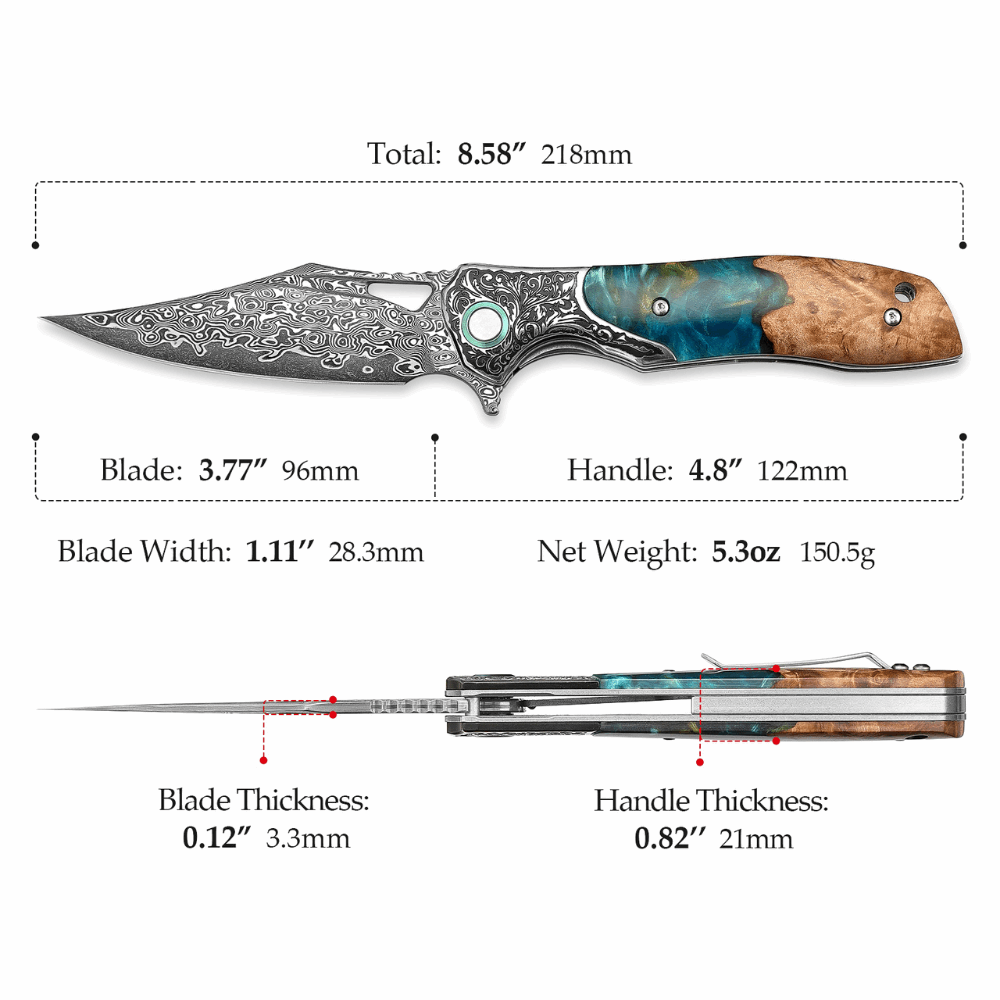
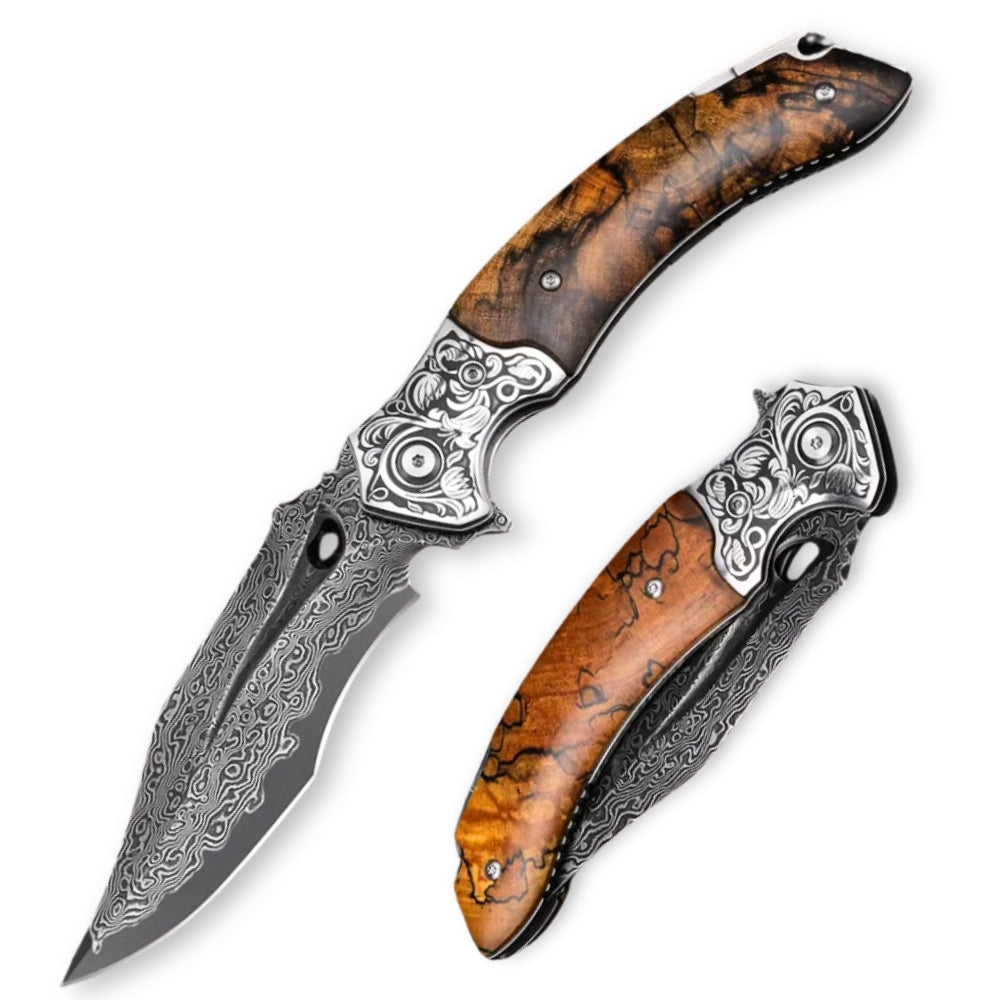
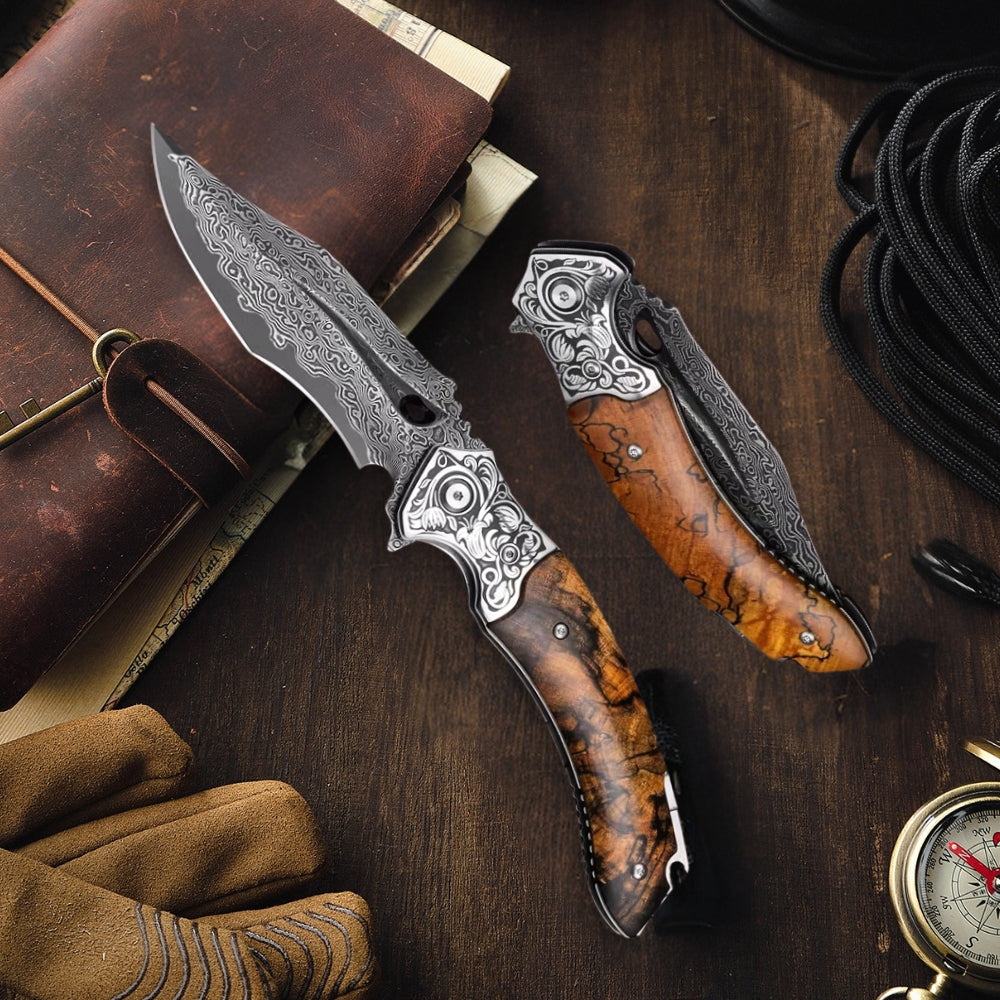
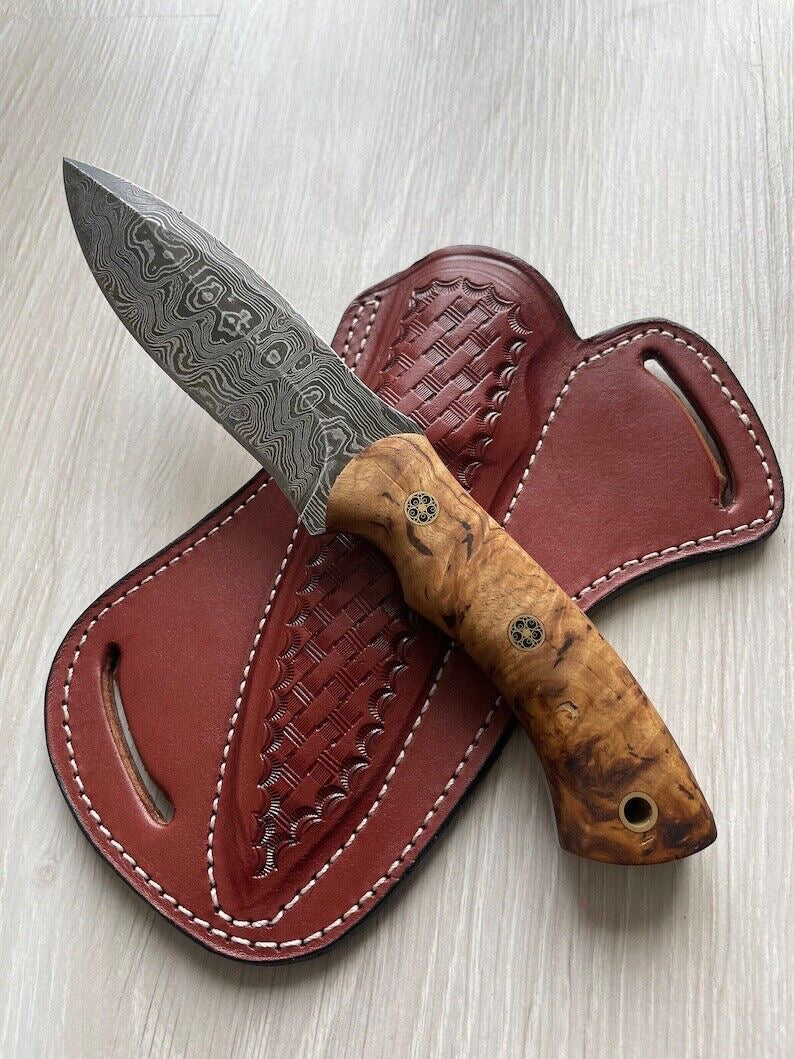
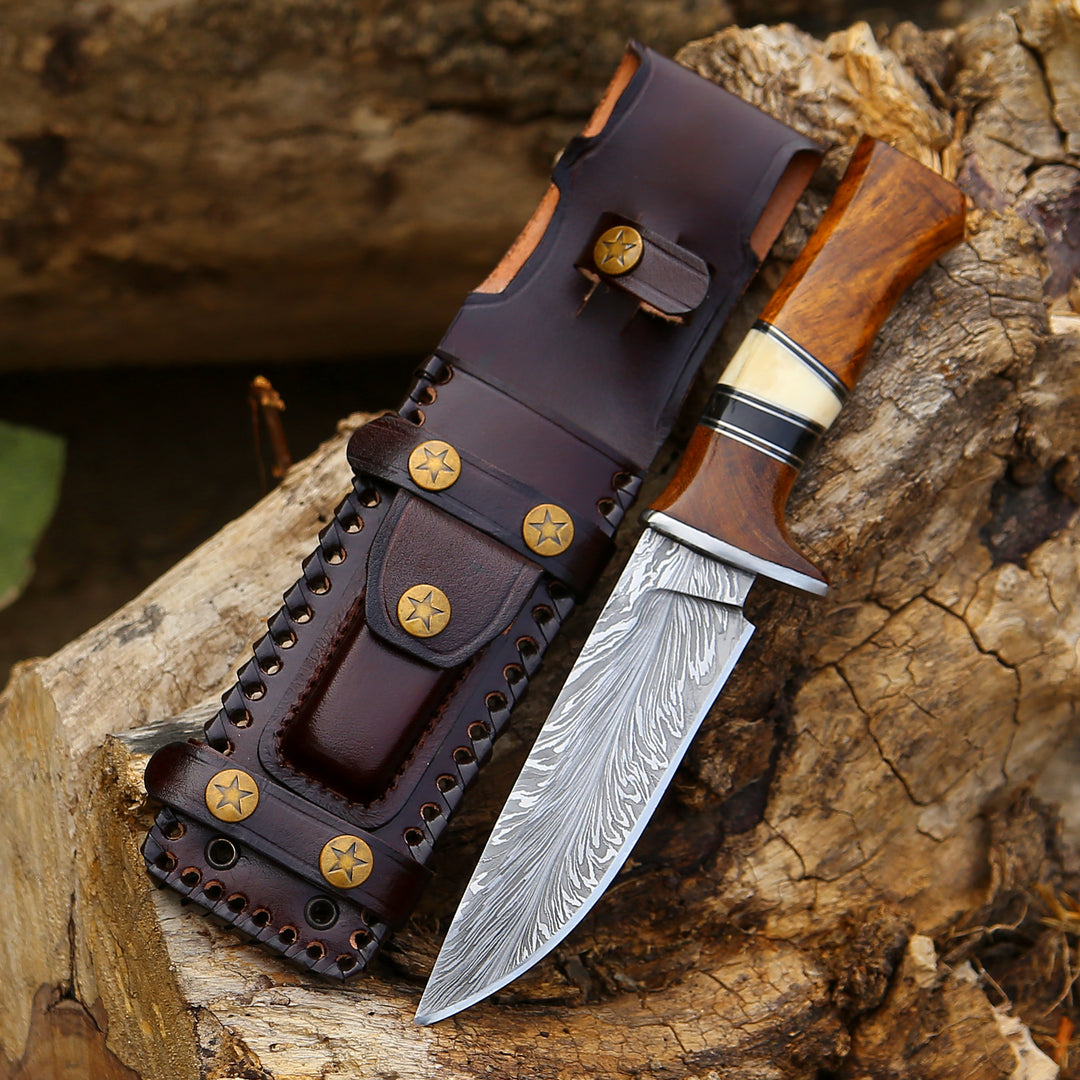

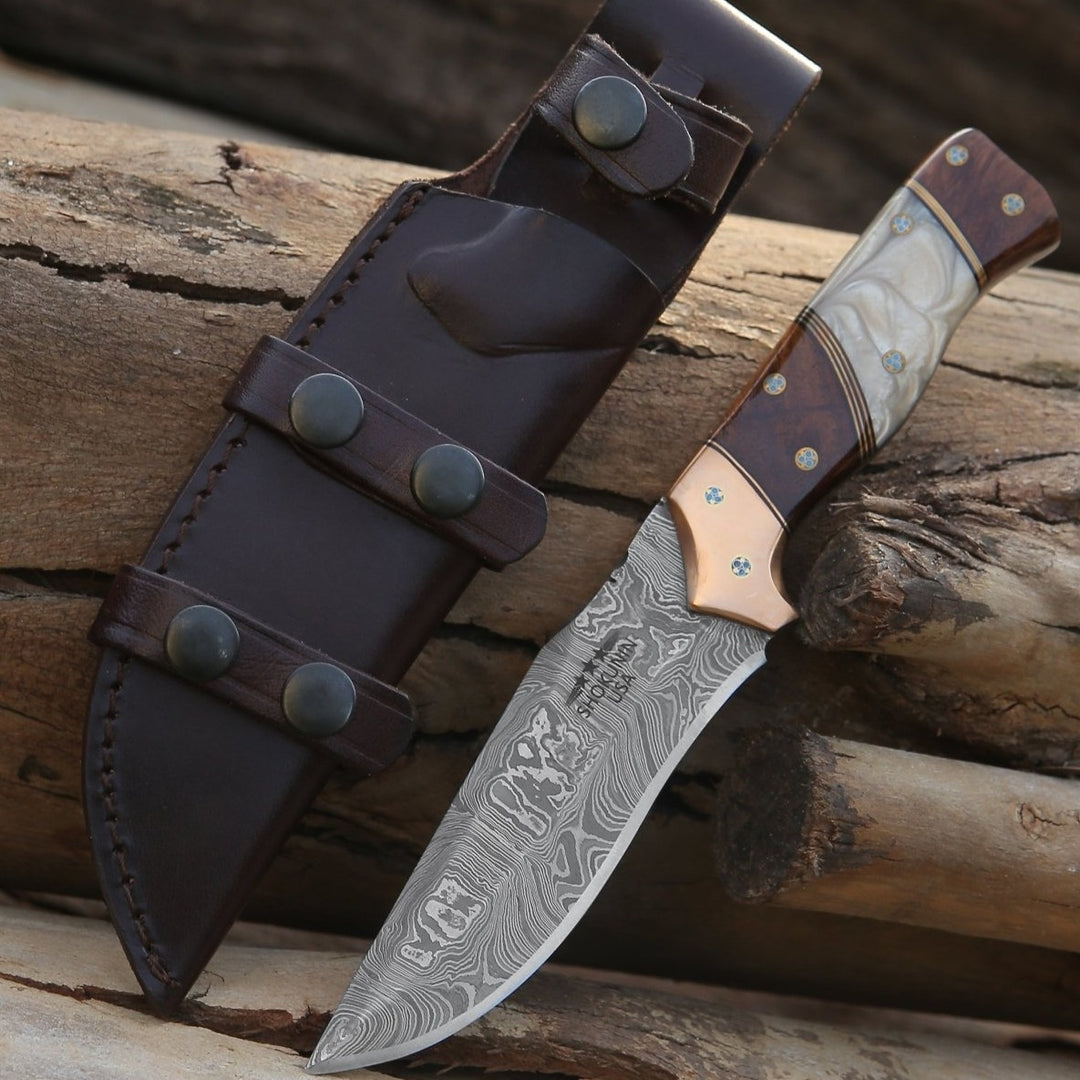
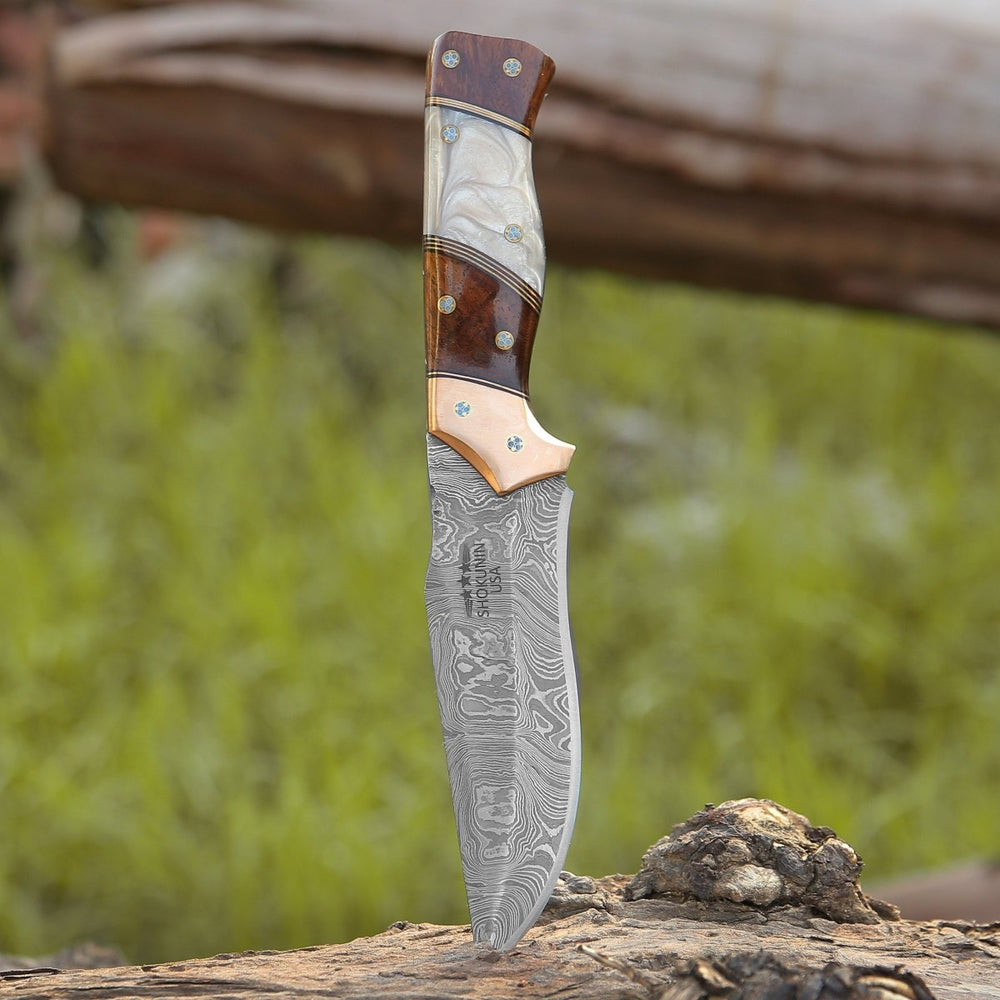

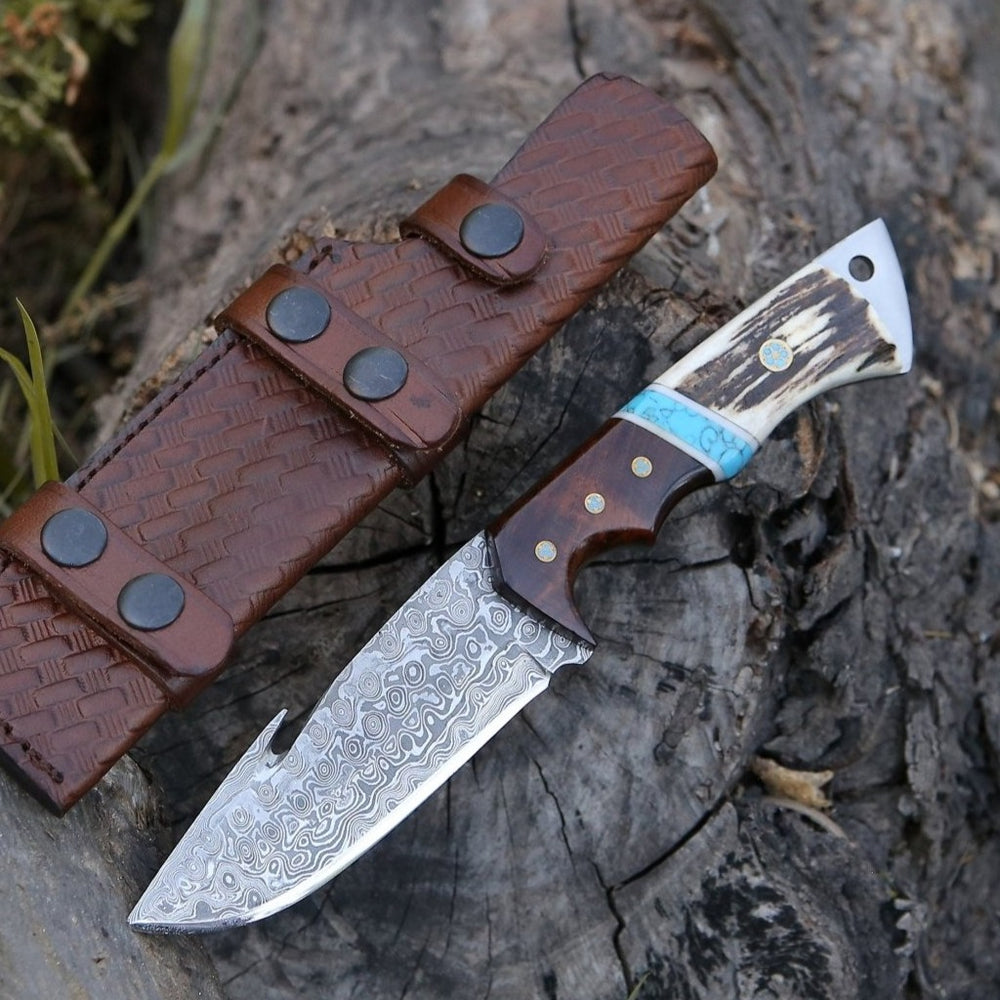
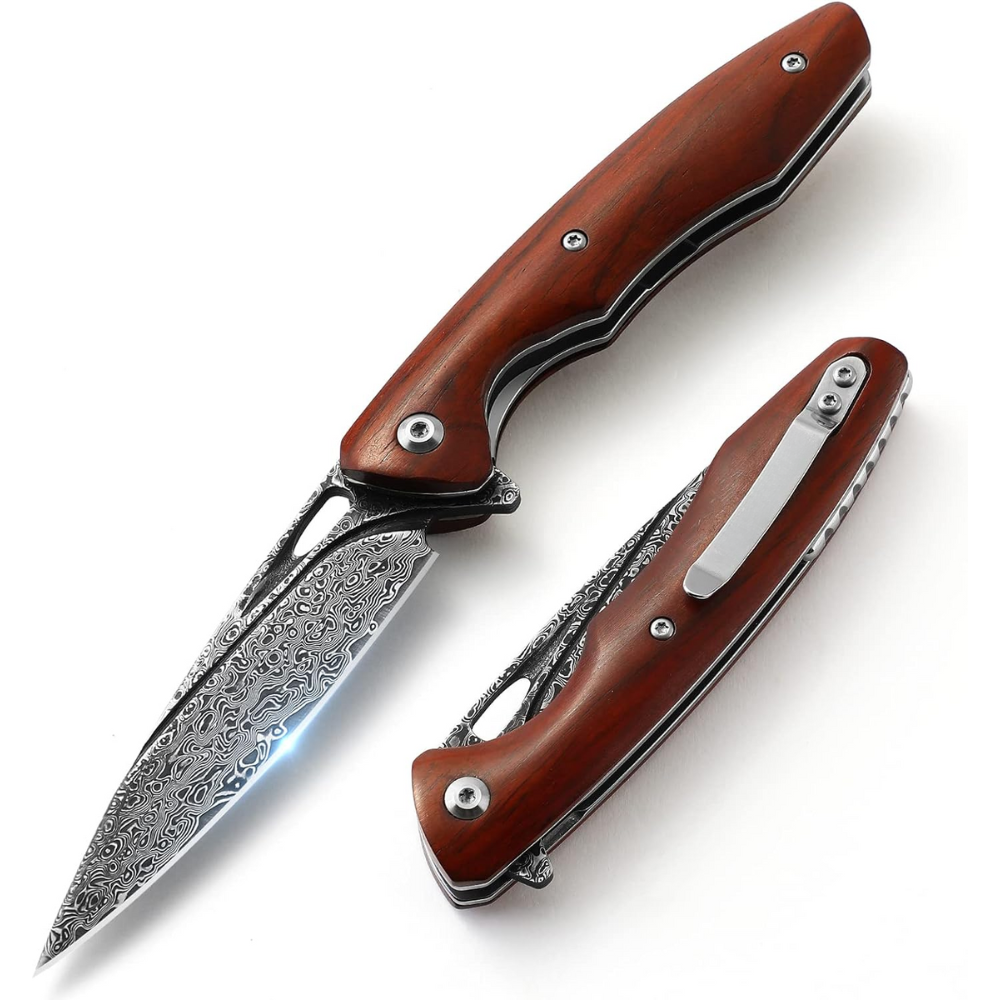
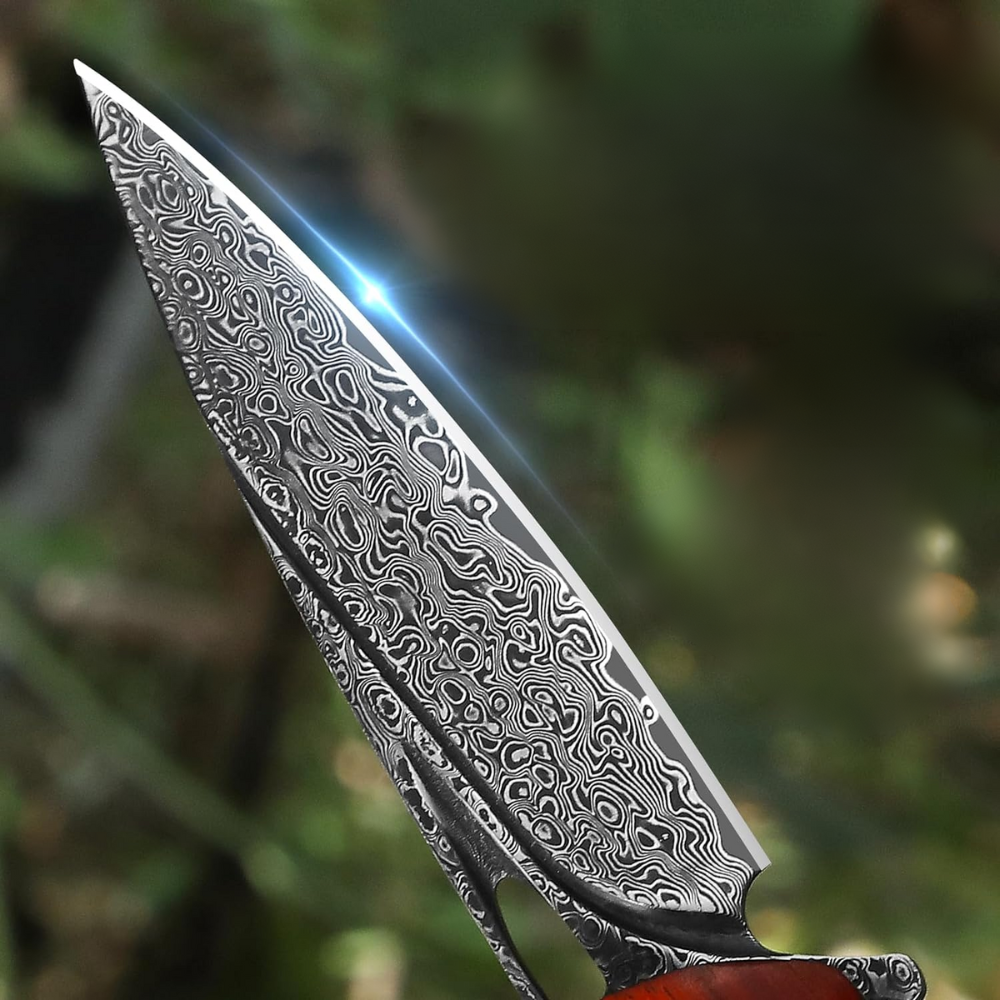
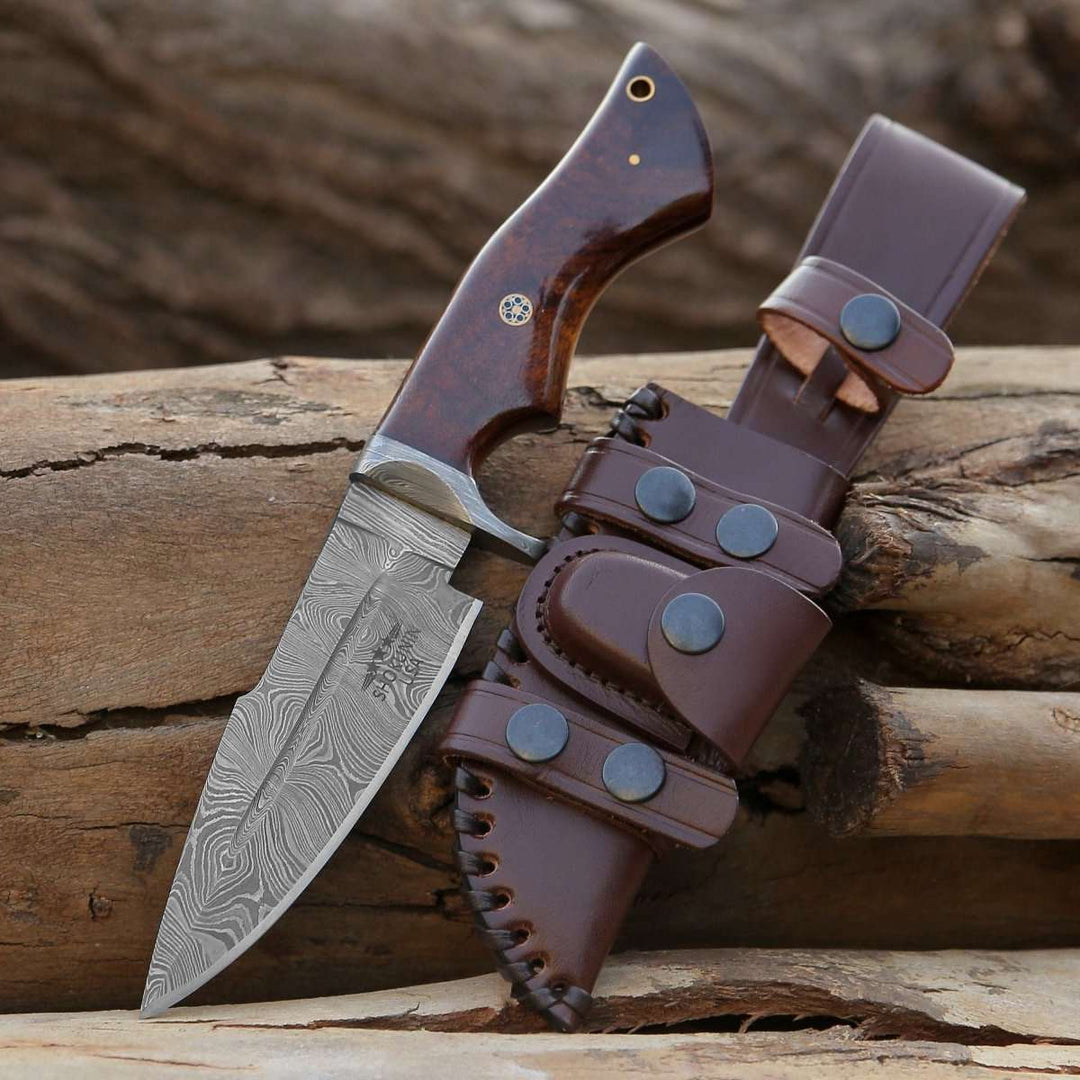
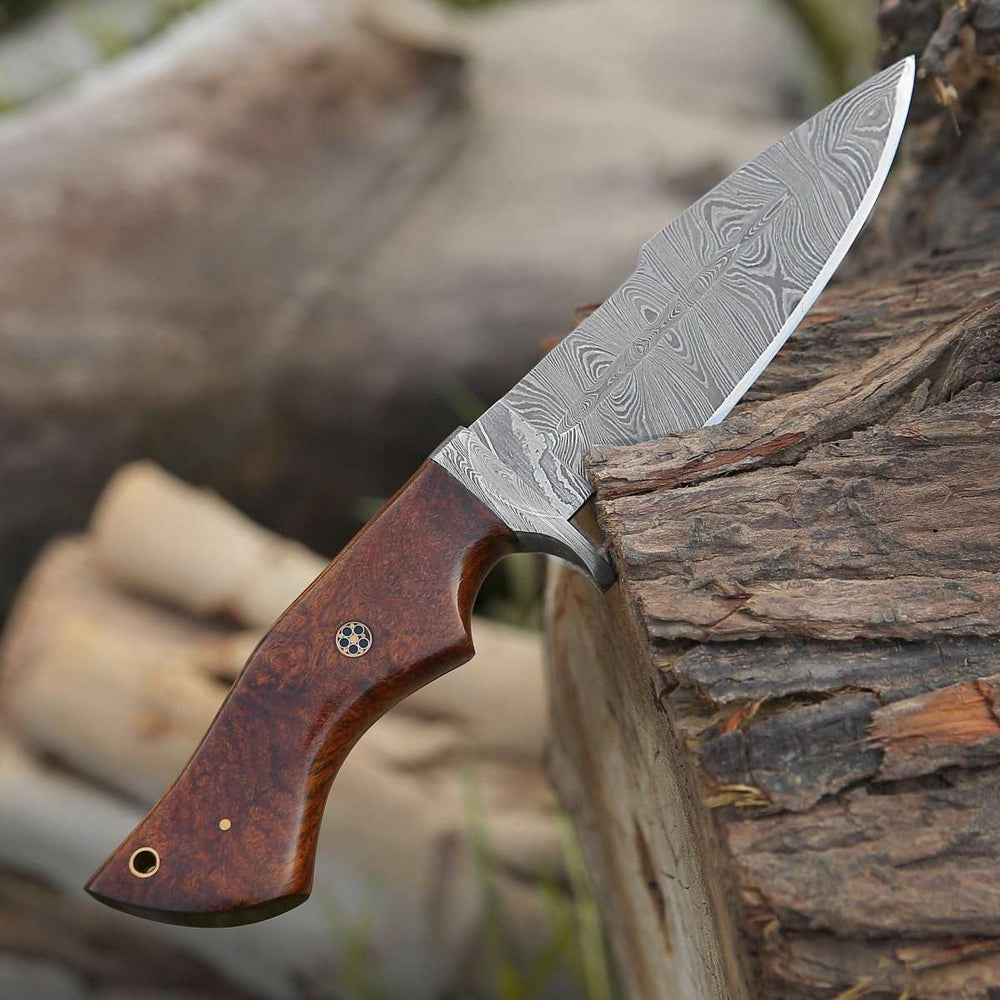
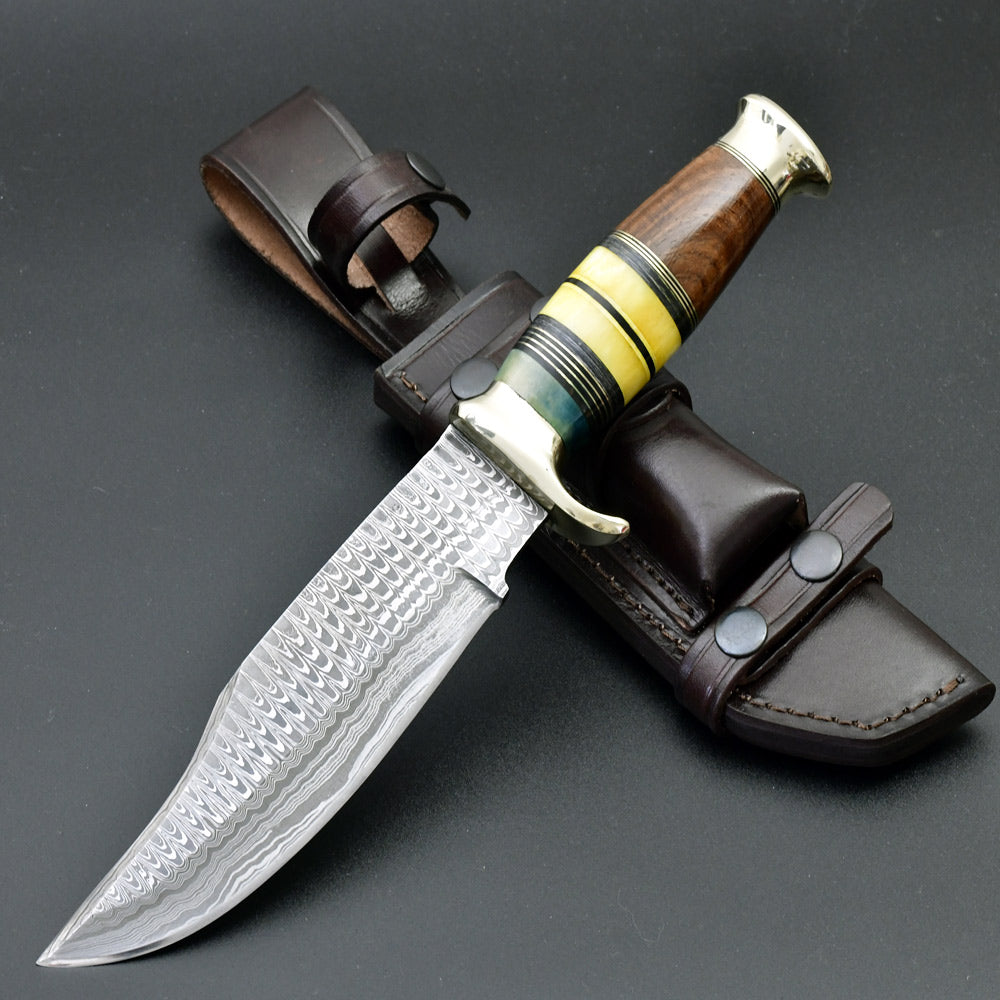
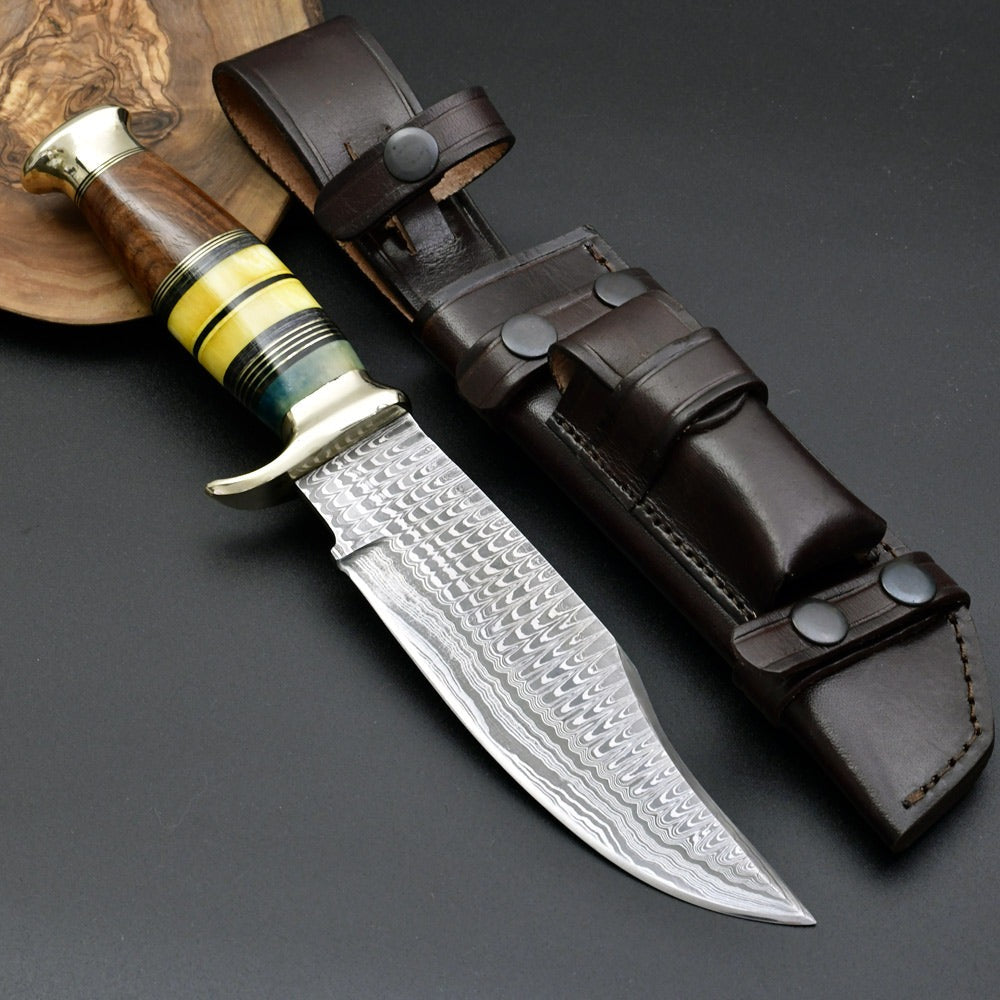
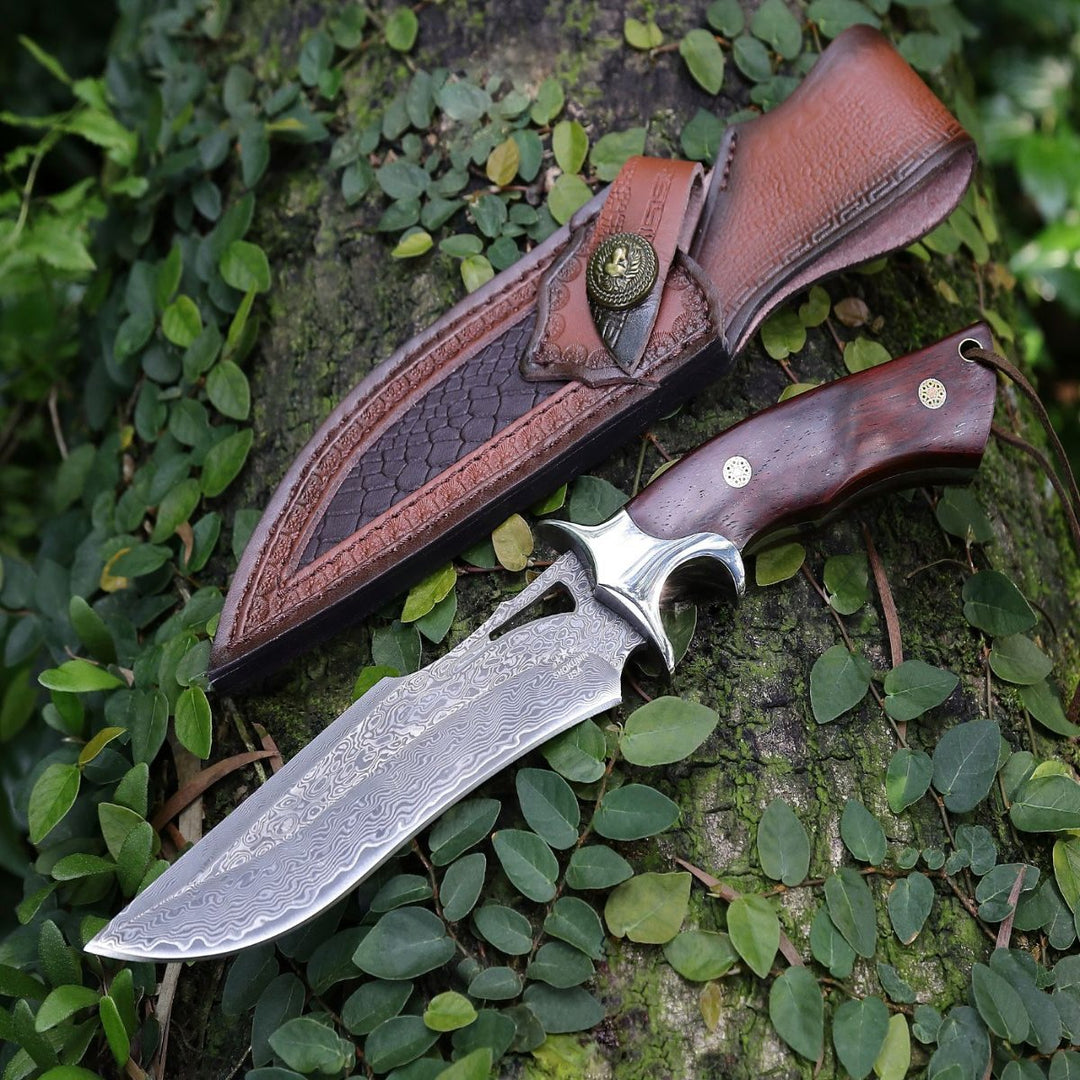
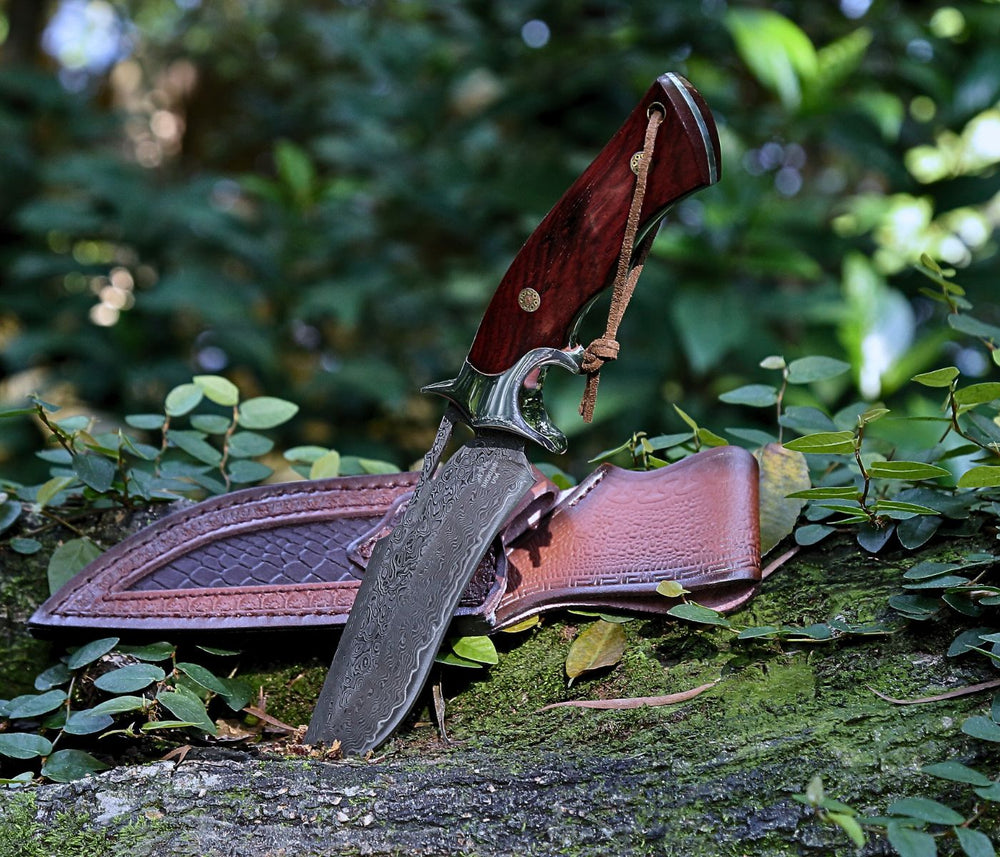
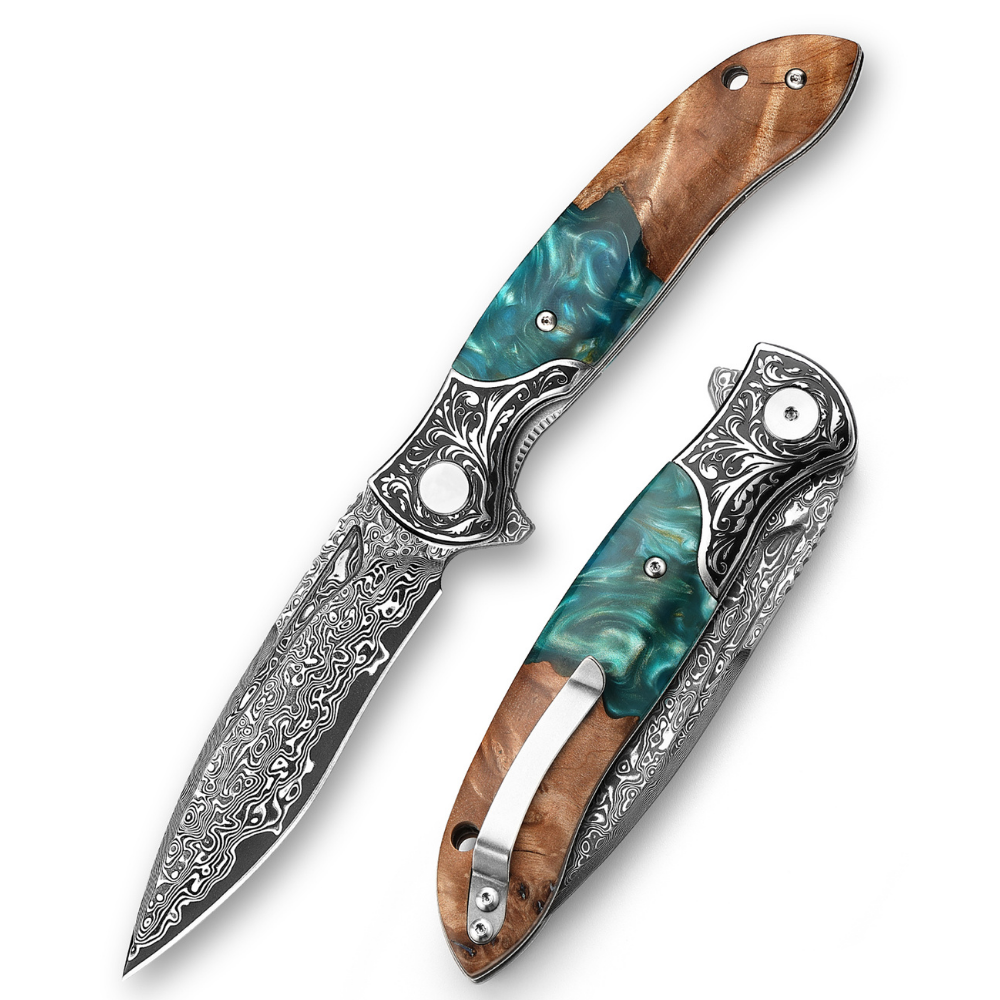
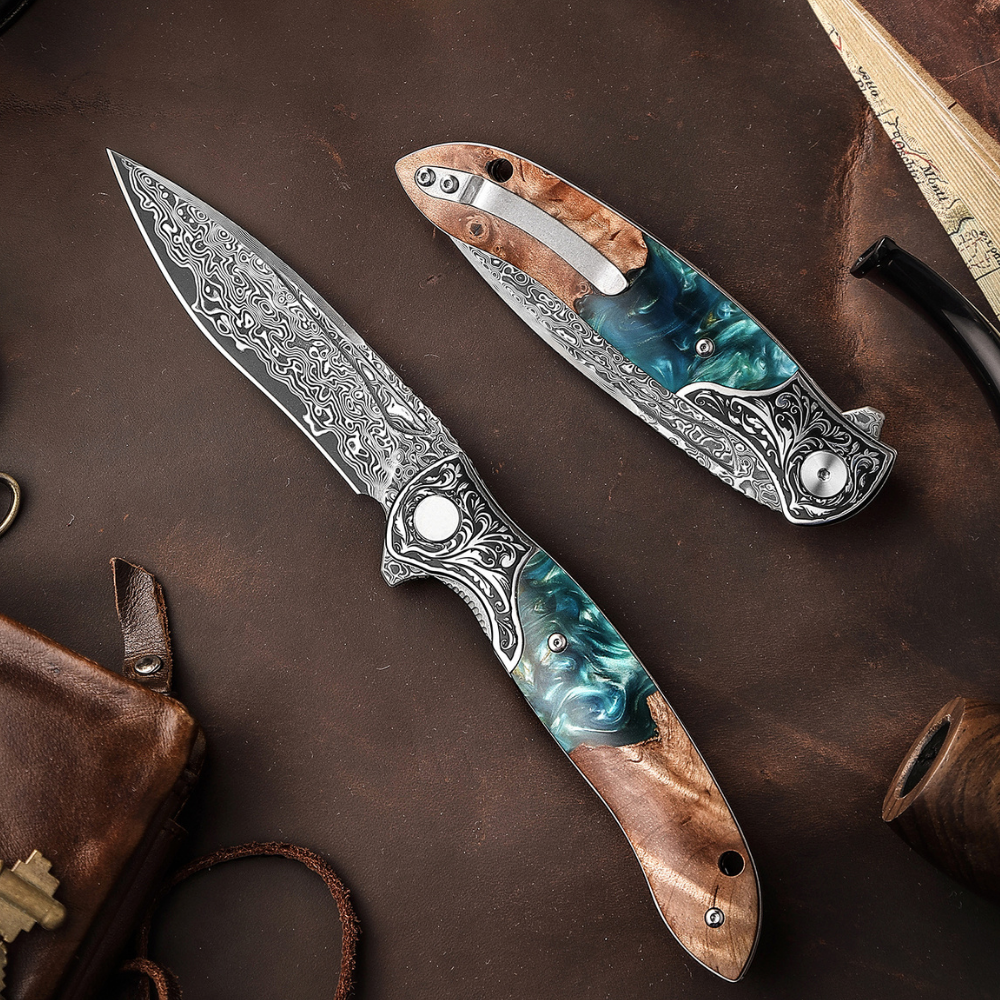
Leave a comment